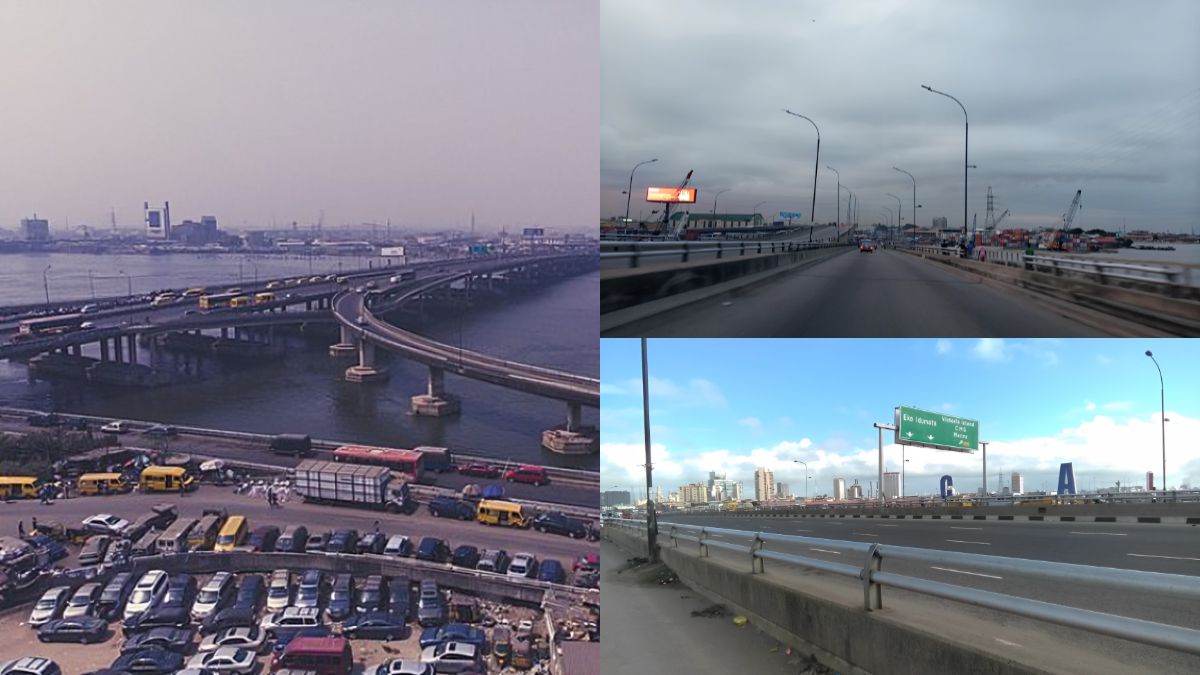The Federal Government has declared that the popular Carter Bridge in Lagos can no longer be salvaged, following extensive consultations with engineers, contractors, and other stakeholders.
Minister of Works, Senator Dave Umahi, disclosed this on Wednesday, September 10, during an inspection of the bridge’s underdeck, noting that reports submitted by consultants and Julius Berger Plc all pointed towards the same conclusion.
“What we did today is to see whether we can salvage the ramps so that we cut down the cost of construction and the time of construction.
“But if the observations sent to us are correct, it means that both the ramp and the main axial section of the Carter Bridge will have to go,” Umahi explained.
Stakeholders Agree on Full Replacement
He revealed that while the government would verify the findings with its own instruments, the consensus among stakeholders leaned strongly towards building a new Carter Bridge.
Umahi recalled that the original Carter Bridge had once been demolished with explosives, leaving remnants in the water that still affect navigation.
“Any new work must take into account the removal of those remains to prevent disruptions to navigational activities,” he stressed.
The minister further explained that discussions were ongoing to determine whether any component of the existing structure could be preserved.
“The critical decision before us is this: since stakeholders seem united on the need for a new Carter Bridge, is there any component we can salvage and keep in use while adopting a new alignment?” he asked.
However, Umahi was quick to dispel rumours that the Federal Government was planning a new Third Mainland Bridge.
“The ministry is not considering the idea of constructing a new Third Mainland Bridge. We are committed to carrying out full rehabilitation works on the existing one,” he clarified.
Built in 1901 as the first bridge linking Lagos Island to the mainland, Carter Bridge has been reconstructed and rehabilitated several times, serving as a critical artery for commuters and traders.
Its deterioration now signals the end of an era, with the Federal Government facing the challenge of balancing heritage, safety, and cost in shaping Lagos’s future transport infrastructure.
>
